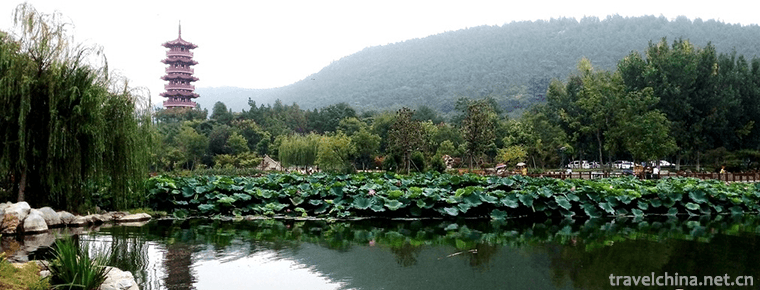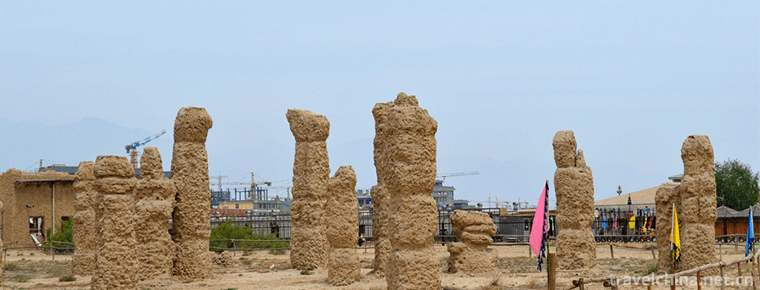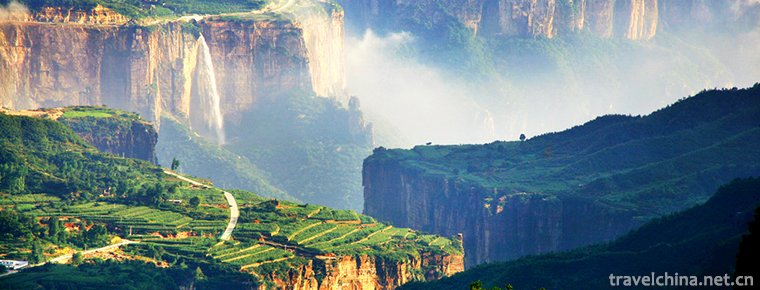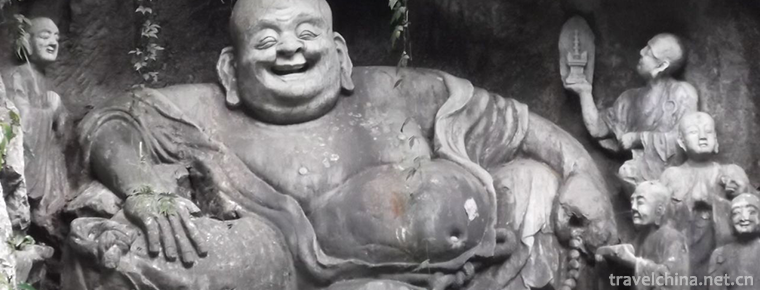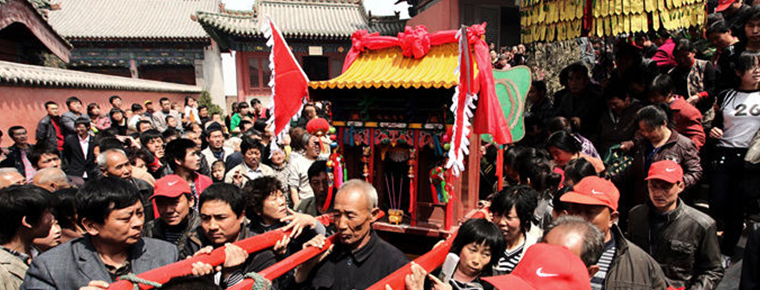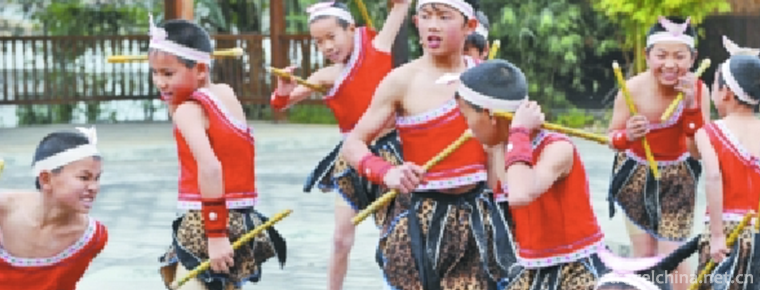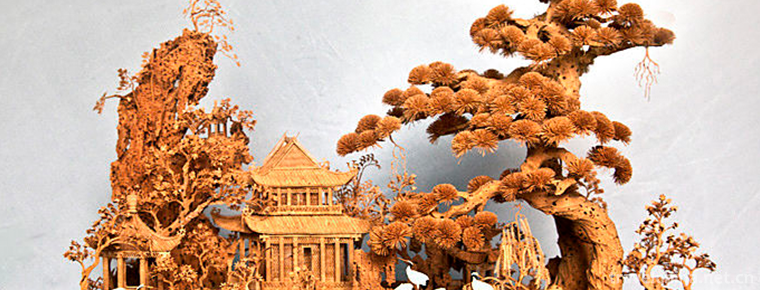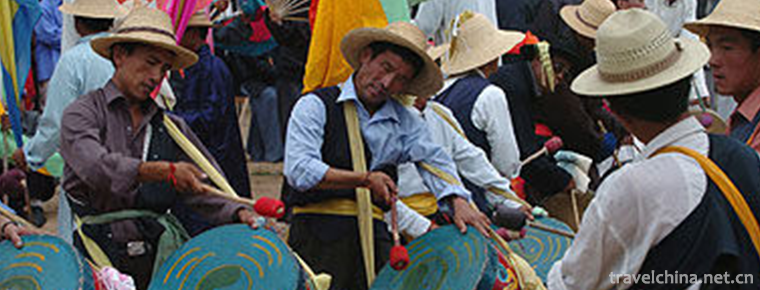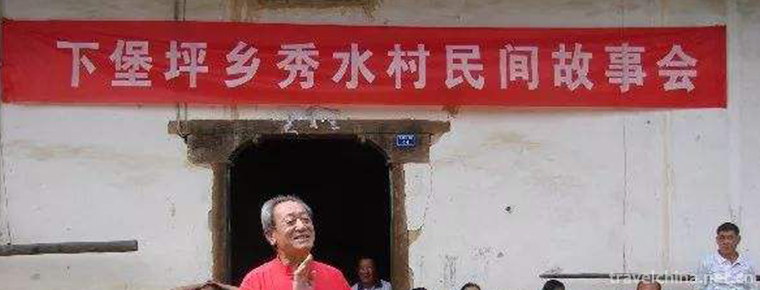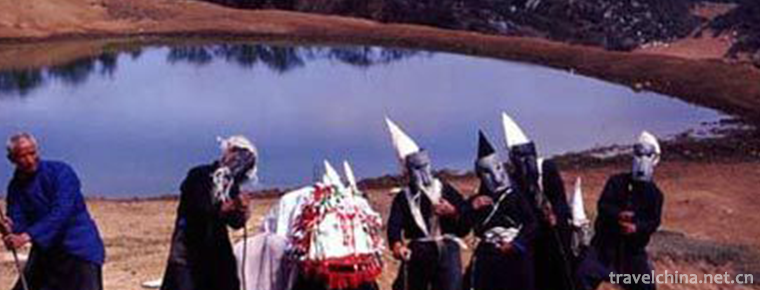Mongolian Grammar
Mongolian Grammar
Mongolian traditional calligraphy also pays attention to the skills of moving pens, such as astringent two-way pen, backhand pen, towing pen, effect pen, horizontal pen, etc. In ink, there are full pen, thirsty pen and astringent pen.
Mongolian Calligraphic Law was selected into the fourth batch of representative projects of national intangible cultural heritage in 2014.
Historical origin
Before the 13th century, there was no unified written language among the Mongolian nationalities in the Mongolian Plateau. Genghis Khan has a history of more than 800 years since he borrowed the Huihe Mongolian script to complete the cause of Mongolian tribes. But since the birth of Mongolian characters, she has used soft brush (brush) and hard brush (bamboo pen) to write Mongolian calligraphy. This argument can be confirmed in the cultural heritage and historical relics such as copies (written on sheepskin or silk), woodblock prints, inscriptions, seals, plaques, etc. handed down from the Genghis Khan era.
The artistic connotation of calligraphy is extensive and profound. Besides the skills of calligraphy, there are also psychological consciousness, noble ethics and morality, the order of mathematical limits, the rhythm of music, logical speculation of philosophy and the spirit of literature.
Feelings of mood, emotions of joy, anger, sorrow and joy are organically integrated into the hazy color of aesthetic consciousness, forming a vast artistic connotation of calligraphy. It produces a strong artistic effect. Calligraphy is a polygonal art crystallization which expresses rich connotations through external plastic arts.
Characteristic
However, Mongolian calligraphy has its inherent advantages and possibilities in terms of specific aesthetic conditions and requirements. First of all, just like the Mongolian people riding on horseback, Mongolian characters are also letters riding on letters to form the vertical structure of words. Not only does each word have a head, a stem (waist) and a tail, but each letter has a structure similar to that of some part of a human or animal.
For example, the alphabetic structure part of the figurative names such as corners, dialectics and prefixes is behind the stem (Mongolian name waist); the alphabetic structure part of the figurative names such as teeth, hooks, belly and claws is in front of the stem; the left-handed (Mongolian name is front-tail), right-handed (Mongolian name is tail) and other figurative names are under the words; and the single-point, right-handed (Mongolian name is tail) and so on. Two-point isomorphism, such as dripping sweat, can be found on the left or right of the word.
Because Mongolian characters have this unique hieroglyphic structure, such as the use of artistic skills of calligraphy, through artistic conception, ingenious layout and proper writing, will produce endless artistic appeal. Careful observation and taste of those exquisite and vivid writing, those rising horns and swinging tails are like dragons sailing into the sea, swimming in the sky; standing up and braiding like a milkmaid laughing and dancing, Ana graceful; teeth and claws like a tiger rushing to eat, dangerous like a ring; shy belly hook like a wrestling master, jumping into the field, a strong wind; those swinging words are like a horse dragging rod, galloping in. A horseman in the field.
If we appreciate the works with the aesthetic perspective of calligraphy, which cause the formation of vertical lines, horizontal battles, dense, scattered, virtual and real shapes to achieve perfect unity, it will make people enter a kind of aesthetic mood which is both obscure and vivid; some like grass, birds and flowers, give people fresh, natural, simple and vigorous impulse; some like dense forests, pine. The roar of the waves gives people a deep, steady, serious and solemn atmosphere; some like ten thousand horses galloping, smoke rolling, people are overwhelmed by the vigorous, unrestrained, strong and solemn momentum; some like mountains and waterfalls, breathing through the rainbow, making people feel vigorous, tense and magnificent. The profound artistic conception of Mongolian calligraphy is silent music and dynamic picture. It gives people the enjoyment of beauty and the Enlightenment of wisdom. Therefore, Mongolian calligraphy, with its unique writing structure and characteristics, can produce different artistic effects from other ethnic calligraphy.
Although Mongolian calligraphy has its own independent system in its artistic expression means, it naturally affects or absorbs nutrients in the long-term interaction with Chinese culture and art, especially Chinese calligraphy and painting art (ink painting), thus making Mongolian calligraphy have common aesthetic categories in reproduction techniques and forms of expression.
Brushwork
Mongolian traditional calligraphy also pays attention to the skills of moving pens, such as astringent two-way pen, backhand pen, towing pen, effect pen, horizontal pen, etc. In ink, there are full pen, thirsty pen and astringent pen. However, in the past, no matter what brushwork, only the ink is different, but the tradition of no distinction between shade and shade has been broken, and a new way of expressing the same brushwork of shade and shade has emerged. Some are dipped in thick ink before light ink, others are dipped in light ink after full brush, which is not only a change in ink law, but also a product of Mongolian calligraphy which is not confined to the traditional fetters and strives to achieve free will. This method of writing with thick and light ink in the same pen apparently produces artistic style, color, artistic conception and charm that can not be produced by thick ink calligraphy.
For example, works written in different proportions of thick and light ink with full brushes naturally decrease the contrast between black and white, giving people a wonderful feeling of sky and water, clouds and mists; works written in light ink with full brushes, such as flying fairies dancing in crystal and transparent trimmed skirts, make people feel soft, relaxed, harmonious and beautiful, and make calligraphy lines richer. Spirituality and artistic interest. Of course, this artistic effect will also vary according to the different associations of the audience.
The works that unite the above-mentioned techniques of expression with aesthetic ideal and artistic style undoubtedly come from solid skill and knowledge.
The hand of the profound. Lack of down-to-earth and hard-working brushwork skills and brushwork will not only hide the artificial appearance, but also produce a profound artistic conception and rich intrinsic charm of calligraphy. If we neglect the training and sublimation of knowledge and moral sentiment in many aspects, even if the cold window lasts for several years and wears through the inkstone, it will be difficult to break away from the ranks of calligraphers in the end. Therefore, the organic unity of skill and knowledge cultivation is the basis of the vitality of multi-prism art-Mongolian calligraphy art.
Chen Yi of the Yuan Dynasty once said in his book The Change of Hanlin's Key Points: "Happiness, anger and joy have their own scores. Happiness, anger and ease of character, anger and danger, sadness, depression and convergence of character, joy, calm and elegant character, light and heavy feeling, the convergence and ease of word also have shallow depth and infinite change." This is the close relationship between the art of calligraphy and the author's emotional color, and puts forward penetrating views. That is to say, through the shape, style and connotation of calligraphy works, it not only reflects the author's brushwork skill and cultural and moral accomplishment level, but also can perceive the author's exuded emotional color, giving people an aesthetic pleasure.
True calligraphy works of art are the author's mental habits, which are also in line with the scientific conclusions of psychological principles. The change of human emotional color directly or indirectly regulates and controls the whole nervous system. Therefore, the desire for calligraphy creation and the process of calligraphy creation will be affected by the author's emotional impulse. When creating a work, first of all, we must cultivate the emotional color which is compatible with the content of writing words, so as to enter the artistic conception of people's creation, and then generate creative passion, and achieve it at one go.
If we write the words of excitement and pleasure with anger and boredom, there will inevitably be contradictions in the works produced. Wang Xizhi, a great calligrapher in Jin Dynasty (preface to Lanting), and Yan Zhenqing, a great calligrapher in Tang Dynasty (manuscript for offering sacrifices to his nephew), wrote immortal works representing the style of an era driven by strong emotions. However, Wang Xi, a master of calligraphy, failed to write such a well-known masterpiece as the Preface of Lanting. The reason is that the author's emotions are no longer highly unified with the content of his creation as they were when he wrote the Preface of Lanting. Obviously, the author's emotional color is closely related to the success or failure of the art of calligraphy.
In the history of Mongolian calligraphy, there are many excellent works of Lyric calligraphy. The lines in these works can implicitly express the author's joys, sorrows and sorrows, impact the heartstrings of the viewers, infect the viewers and arouse resonance. Even those who do not know Mongolian characters may as well understand the author's aesthetic taste. Mongolian calligraphy is an expressive art that expresses dynamic emotional mood by moulding static literary forms. Like living animals, Mongolian calligraphy is also a life art with flesh and blood and soul.
Inheritance significance
Mongolian calligraphy, with its various forms and far-reaching meanings, has its own unique beauty of form and implication, which most vividly embodies the natural and smart cultural Sui God of Mongolian nationality. Every successful calligraphy work is not a gift from God, nor a money ransom, but a knot that has been comprehended and improved through long and arduous practice.

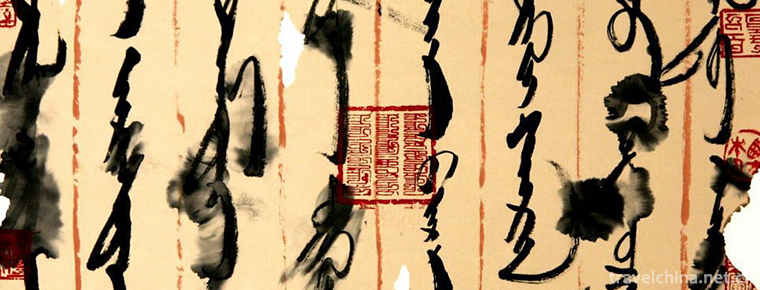
-
The Qiaos Famaily Compound
The Qiao's Famaily Compound: National AAAAA-level tourist attractions, national key cultural relics protection units, national second-level museums.
Views: 153 Time 2018-11-24 -
Yunlong Lake
Located in the southwest of Xuzhou City, Jiangsu Province, Yunlong Lake is the main scenic spot of Yunlong Lake Scenic Area in Xuzhou, formerly known as "Stone Dog Lake".
Views: 122 Time 2018-12-06 -
Zhenbeibao West Film City
Zhenbeibao Western Film City, located in Yinchuan City, Ningxia Hui Autonomous Region, is a national AAAAA-level tourist attraction integrating sightseeing, entertainment, leisure, catering and shoppi.
Views: 146 Time 2018-12-12 -
Rushan Yintan Tourist Resort
Yintan Tourist Resort is located on the southeast coast of Rushan City, Weihai, Shandong Province. It connects Weihai to the east, Yantai to the north, Qingdao to the West and Huanghai to the south.
Views: 107 Time 2018-12-22 -
Linzhou Taihang Grand Canyon Scenic Area
Taihang Grand Canyon Scenic Area is located in Linzhou City, northwest of Henan Province, on the eastern foot of the southern Taihang Mountains. It is 100 miles long in the north and south.
Views: 266 Time 2019-01-30 -
The Legend of the Cloth Bag Monk
From the end of Tang Dynasty to the Five Dynasties, the monk of Fenghua, Ningbo City, Zhejiang Province, named Tingzi, was an eminent monk of Hou Liang in the Five Dynasties.
Views: 380 Time 2019-04-04 -
Hongdongs custom of visiting relatives
The custom of walking relatives in Hongdong is a kind of Han traditional folk culture which spreads in Ganting, Wucun, Xincun, Longma and Wanan townships.
Views: 130 Time 2019-05-03 -
Maonan people beat monkey drum
"Monkey Drum Dance" is a traditional dance of Maonan nationality in Guizhou Province, which is used for funeral activities and performed by wizards. It is spread in some villages of Pingtang.
Views: 87 Time 2019-05-26 -
Cork paintings
Cork painting, also known as cork carving, woodcut. Chinese traditional folk sculpture crafts. It is mainly produced in Fuzhou, Fujian Province. It is a handicraft combining carving and painting. Simp.
Views: 148 Time 2019-06-11 -
Naton Festival of the Turkish Nationality
Naton is a temple fair where the Tu people in Sanchuan area of Minhe County, Qinghai Province perform Nuo Dance (the first dance) and Nuo Opera (the mask dance) in order to dispel diseases and calamit.
Views: 251 Time 2019-06-23 -
Xiabaoping Folk Stories
There are many original ecological works of Xiabaoping folk tales, which have distinct local characteristics and high cultural taste. It is the epitome of the traditional folk literature in the Three .
Views: 343 Time 2019-07-01 -
Taiji of Yi Nationality
Qitaiji is an ancient form of drama that only exists in Nugazhai village, Bandi Township, Weining Yi Hui Miao Autonomous County, Guizhou Province. Taiji is the transliteration of Yi, the word "Qi.
Views: 398 Time 2019-07-12

